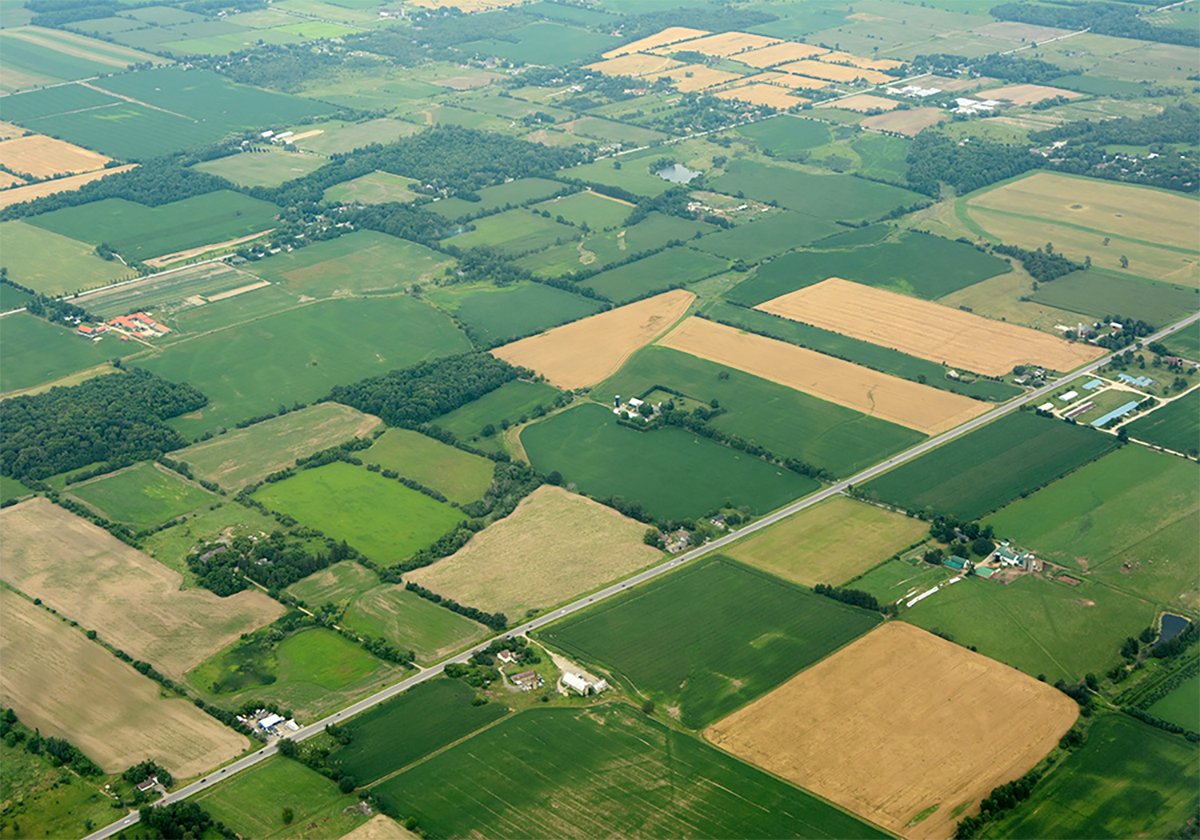The old Viterra wooden elevator at Canora, Sask., and the old orange Pioneer elevator at Davidson, Sask., were demolished this month.
They were part of a fast vanishing breed.
Wooden elevators continue to be demolished at such a rate that the National Trust for Canada has put them on top of the list of endangered places.
That spotlight of attention has some value, but it doesn’t generate any immediately accessible money to preserve these prairie icons.
That is the trouble with heritage organizations. They are well meaning, but they often survive on a shoestring budget, armed with little more than the ability to lecture from a bully pulpit.
Read Also

Higher farmland taxes for investors could solve two problems
The highest education and health care land tax would be for landlords, including investment companies, with no family ties to the land.
But even with just a voice, they can sometimes shake society into action, to build the coalition needed to find the financial resources to preserve a part of our heritage. And the wooden crib elevator is certainly part of prairie heritage.
For most of a century, the wooden elevator stood above the flat plains like an exclamation point, crying loud, “we live here.”
Each village, town and city had its single or collection of elevators at the heart of the community, marking its claim as grower of food for the world.
Each elevator bore the name of the community, declaring that it was a link in a chain that bound it to the rest of the world through trade.
The elevators were not prettily decorated but were elegant in the economical melding of form and function. The standard shape and its repetition across the region made it an emblem of the Prairies.
However, new technology and the relentless quest for increased efficiency marked wooden elevators for extinction as vital cogs in the grain marketing business.
A few are still in regular service with grain companies, and some have been bought by local farmers or groups who use them for storage.
However, it is frustrating that the big line elevator companies and railways were not more open to the efforts of local initiatives to buy wooden elevators to run them as niche operations for special crops
But what of the future?
The Manitoba Historical Society is taking inventory of the remaining wooden elevators in that province. It would be valuable to have such a list throughout the Prairies.
Next step would be to assess which ones are worthy of preservation because not all of them are.
The criteria in the assessment would include the state of repair, the location, any unusual defining characteristics and, most importantly, the local interest in preserving the building.
Some communities have already saved their elevators as museums, and in Inglis, Man., the five restored structures that make up the last elevator row in the province are designated a national historic site.
However, preservation is expensive and often beyond the resources of local volunteer efforts.
The National Trust is setting up an initiative called Regeneration Works for training and coaching on fundraising and revenue generation to support the preservation of historical places and creative thinking on the alternative use of them.
Such information should help local preservation efforts, but perhaps it is time to set up a prairie-wide organization with the contacts and strength to tap the resources of major agricultural companies, charitable trusts and governments to properly fund the ongoing preservation of a representative sample of these prairie sentinels.














